Penstemon ‘Blackbeard’ Beardtongue
$16.00
Genus:Penstemon
Species:digitalis
Variety:’Blackbeard’
ppaf:PP30052
Item Form:1-Quart
Zone:3 – 8
Bloom Start to End:Early Summer – Mid Summer
Habit:Upright
Height:2 ft 10 in
Width:24 in
Additional Characteristics:Butterfly Lovers,Easy Care Plants,Flower,Hummingbird Lovers,Native
Bloom Color:Pink
Foliage Color:Black,Purple
Light Requirements:Full Sun
Moisture Requirements:Dry,Moist, well-drained
Resistance:Cold Hardy,Drought Tolerant,Heat Tolerant,Humidity Tolerant
Uses:Beds,Border,Containers,Cut Flowers
Penstemon ‘Blackbeard’ is a hardy herbaceous perennial grown for its colorful foliage and flowers. Beginning in early summer, tall flower stems bloom for weeks in lilac purple flowers with white flaring tubes. They are held aloft a low mound of deep eggplant purple foliage, which stays gorgeous and upright all season long. The flowers are nectar and pollen rich and attract pollinators, especially bees, butterflies, and hummingbirds. They make excellent cut flowers for floral arrangements. Dark burgundy seed pods follow the flowers, extending the season of interest.
A Penstemon digitalis, commonly called beardtongue or foxglove beardtongue, ‘Blackbeard’ has a moderately vigorous growth rate and an upright clumping habit of strong, tightly compact stems that emerge from the base each spring. The plant makes an excellent specimen or container plant but is shown to best effect when massed or grouped in beds or borders. It’s a natural for a pollinator garden and great for naturalizing. Agastache, coreopsis, dianthus, echinacea, panicum, and sedum are good companions for penstemon.
Cold hardy and easy to grow, beardtongues grow best in sunny locations with very well-drained soil. The plants thrive in heat and humidity; tolerate drought very well; and are rarely bothered by insects or diseases.
A native plant, penstemon is indigenous to North America. Native plants are not only beautiful but also environmentally friendly. Naturally adapted to the climate and soil conditions of the region, they thrive without fertilizers or extra watering, once established. They also act as natural pest controls, reducing the need for pesticides in the garden. Landscaping with native plants promotes biodiversity and provides shelter and quality food for wildlife and pollinators, bringing gardens to life.
| Weight | 1 kg |
|---|---|
| Dimensions | 1 × 1 × 1 cm |
Shipping Time
Shipping is an additional 15-35 business days depending on location. Shipping time will be provided at checkout.
Returns
If seeds fail to leave China, we will refund your payment 100%. But if seeds fail to reach you due to customs problem on your side which we were not informed in advance, we will not be able to bear any loss, and no refund will be made.
We sell only viable plants seeds online, and test germination of our seeds from time to time. So we will not be able to refund for seeds that clients fail to germinate, unless we are convinced that it's truly problem of our seeds.
———
Please send us an email: [email protected] and be as detailed as possible while filling in the information.
After submission, We will reply to you within 24 hours. Please be patient.
———
CHARGEBACKS & DISPUTES
Please contact us by email before opening a merchant chargeback or payment dispute, as we can generally resolve the issue before that takes place. Any chargebacks and disputes disable our ability to issue refunds or credits due to funds being frozen.
———
REFUND, EXCHANGE AND RETURN
Customers have the right to request a refund/ return/ exchange within 14 days from the delivery date. Our Customer Service team will offer the best solutions for specific situations.

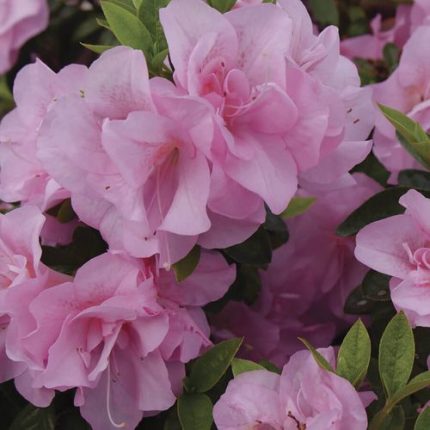

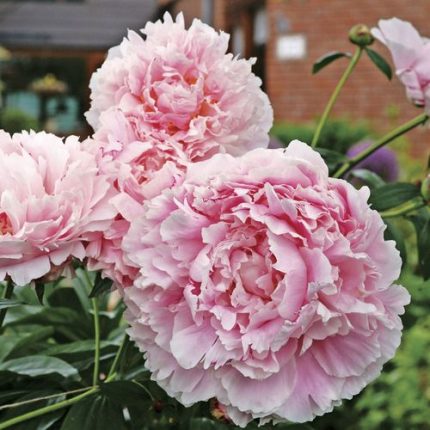
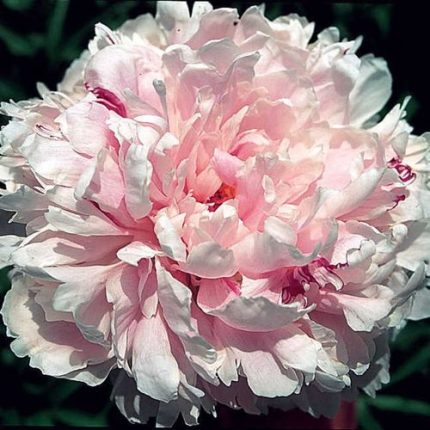
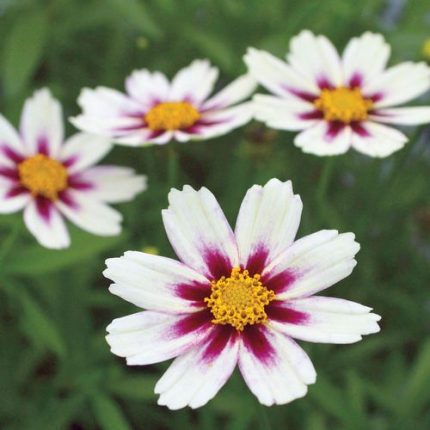
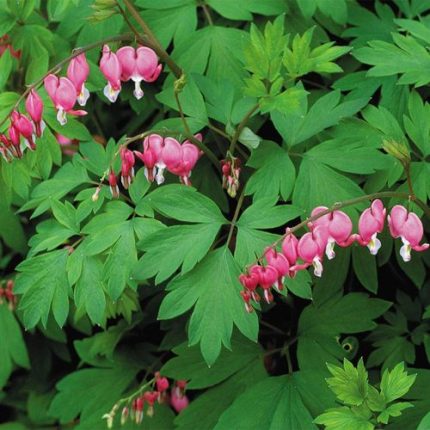
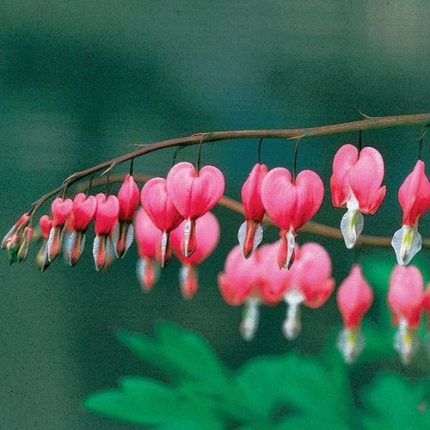
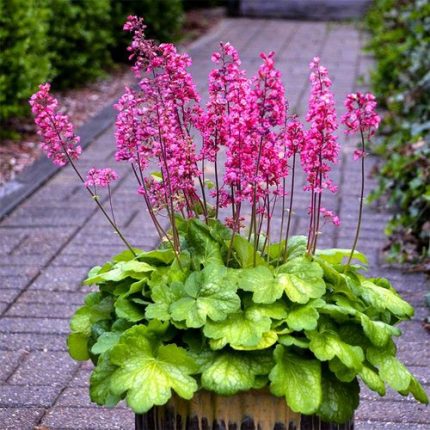
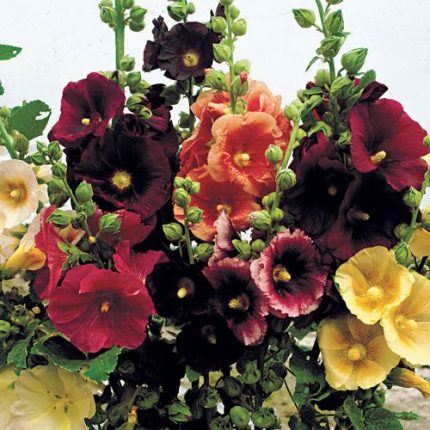
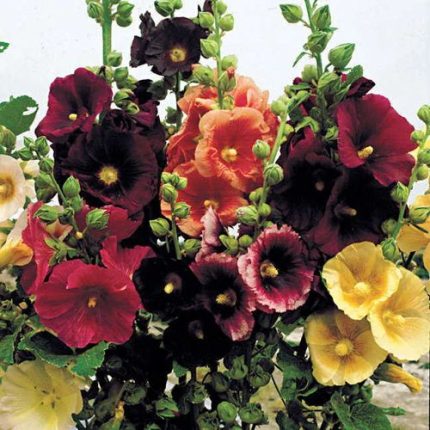
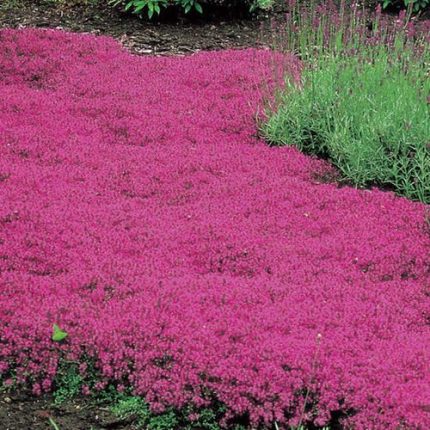
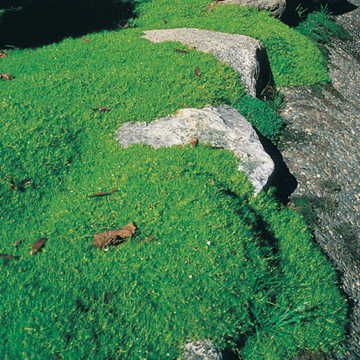
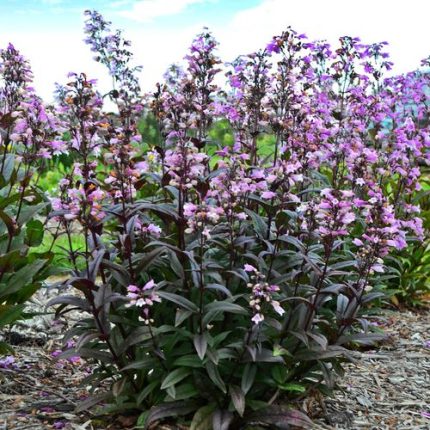
Reviews
There are no reviews yet.